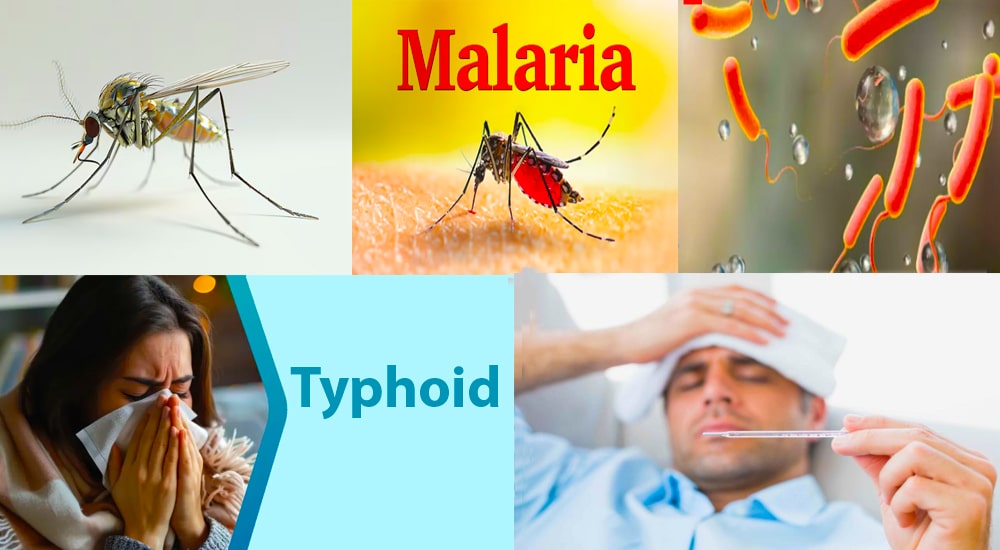
India generally experiences annual showers between July and September. It may refresh us after the scorching heat of the summer, but you must not forget that it brings a host of viral infections and flues with it that can cause potential health risks to you and your family.
Fortunately, taking the right precautions or safety measures can help prevent viral flues and infection. In this article, learn about the most common monsoon illnesses and safety measures to prevent them.
5 common Monsoon illnesses:
1. Dengue: Dengue is one of the most common mosquito-borne diseases that spread through the bite of infected Aedes aegypti mosquitoes. The incubation period of dengue infection is five to seven days after being bitten. High fever and extreme tiredness are the first signs or symptoms of dengue infection. Other common symptoms of dengue fever include:
Unfortunately, there is no exact cure for the dengue infection. Doctors use medications to reduce the severity of the symptoms. To prevent mosquito-borne diseases, try to wear full-sleeve clothes and use mosquito repellent and mosquito nets at night.
2. Malaria: Similar to the dengue, malaria is another major health concern during the monsoon. This mosquito-borne infection spreads through female anopheles mosquitoes, a host of malaria-causing parasites called Plasmodium. Malaria symptoms include:
To prevent malaria, try to wear covered clothes, and use mosquito repellents and mosquito nets. Also, it is essential to clean water-logged areas regularly and maintain a clean environment to stop the spread of malaria.
3. Cholera: Cholera is a water-borne disease that occurs when you consume contaminated food or drink. Poor hygiene is the main cause of cholera. The common symptoms include:
Cholera can easily be treated with proper medication. The best way to prevent water-borne diseases is to practice good hygiene. However, try to drink boiled water and make sure to wash vegetables and fruits before consuming, especially during the monsoon season.
4. Typhoid: Typhoid is another common water-borne disease that spreads through consuming contaminated foods and water. S. Typhi virus is the main cause of this illness. The common signs or symptoms of typhoid include:
Maintaining good hygiene is essential to prevent typhoid. Try to avoid foods or drinks that are not prepared or packaged properly. Also, make sure to wash your hands before eating, or you can use a hand sanitizer.
5. Viral fever: Although viral fever can happen throughout the year, it spreads the most during the monsoon season. The common signs include:
Viral fever usually persists for three to four days. However, before initiating self-treatment, consult with your doctor. Staying hydrated is essential if you have viral fever. To prevent viral fever, maintain good hygiene and avoid close contact with affected persons.
Although the Monsoon relieves us from the hot and humid season, it is essential to know the potential dangers it may cause. However, maintaining good hygiene, and avoiding close contact with infected people can help prevent viral infections.